Cubism is not just a style among others in the history of painting: it is a true visual revolution that has disrupted the traditional codes of artistic representation. Emerging in the early 20th century, this innovative movement challenged classical perspective to propose a fragmented, intellectual, and multiple vision of reality. Born from the need to reinvent the way of seeing and representing the world, cubism marks a decisive turning point in modern art.
In this article, Alpha Reproduction invites you to dive into the fascinating world of cubism: from its origins to the great works that made it famous, through its emblematic artists and its contemporary legacy.
👨🎨 2. The Founders of Cubism
Which painter invented cubism?
The cubism is not the work of a single artist, but rather the result of a close collaboration between two major figures of modern painting: Pablo Picasso and Georges Braque. Together, they built a new visual language that would leave a lasting mark on the history of art.

Pablo Picasso & Georges Braque: the pioneers
It was in 1907 that it all began, when Picasso painted Les Demoiselles d’Avignon. Inspired by African art and Cézanne's research, he deliberately breaks with traditional perspective to represent bodies in an angular and fragmented way.
Shortly after, Georges Braque, influenced by this painting, also begins similar experiments. Between 1908 and 1914, the two artists work side by side, in an intense artistic dialogue. Together, they develop the foundations of cubism: geometric shapes, reduction of colors, multiple planes. Braque would later say:
“We were like two mountaineers tied by the same rope.”
The role of Cézanne as a precursor
If Picasso and Braque are the founders of cubism, Paul Cézanne is undoubtedly its precursor. At the end of the 19th century, Cézanne was already exploring the simplification of natural forms into cylinders, spheres, and cones. His search for an underlying structure in nature profoundly influenced the young painters of the early 20th century.
It is notably through his famous phrase – “Treat nature with the cylinder, the sphere, the cone” – that we measure Cézanne's impact on the emergence of cubism.

🔍 3. How to Recognize a Cubist Work?
Visual and technical characteristics
A cubist work is recognized at first glance… provided you know what to observe. Cubism breaks with realistic representation to offer a fragmented and conceptual vision of the subject. Among the most striking elements:
Geometric forms: objects and figures are decomposed into cubes, cones, spheres, or cylinders.
Multiplication of viewpoints: instead of a single angle, the artist combines several perspectives in the same image.
Reduced palette: especially in the analytical phase, the colors are sober (brown, gray, ochre tones), emphasizing structure.
Collage and textures: in synthetic cubism, real elements (papers, newspapers, wood) are integrated into the canvas.

Geometric forms and deconstruction
The basic principle of cubism is simple but radical: decompose to better reconstruct. The artist no longer seeks to imitate nature, but to understand it and represent it in its fundamental aspects.
Thus, a violin, a face, or a chair are analyzed, then 'deconstructed' into planes and volumes that coexist in the same visual space.
Analytical cubism vs synthetic cubism
Cubism is generally divided into two main phases:
Analytical cubism (1909–1912)
This first phase is the most abstract. The forms are fragmented into a mosaic of small planes, often in a monochrome palette. The goal: to analyze the subject in depth, to visually 'dissect' it.

Synthetic cubism (1912–1919)
More readable and colorful, this second phase of cubism reconstructs simplified forms. It is also the time of the first collages in the history of art, where everyday materials are invited onto the canvas.
📅 4. The Major Periods of Cubism
Cubism did not establish itself all at once. It evolved in several stages, each marking a step forward in the artists' reflection on the representation of reality. Here is an overview of the major periods of cubism, from its origins to its influence after World War I.
🟫 The beginnings (1907–1909)
This experimental period marks the first steps of cubism. Picasso, with Les Demoiselles d’Avignon (1907), and Braque, with Maisons à l’Estaque (1908), begin to simplify forms and abandon traditional perspective. They draw inspiration from African masks, Oceanic art, and Cézanne. The works remain figurative, but already signal a break.
🎨 1. Les Demoiselles d’Avignon – Pablo Picasso (1907)
This work is often considered the starting point of cubism. Five female figures with angular bodies and masked faces occupy a deconstructed space. Inspired by African and Oceanic art, Picasso breaks with classical perspective and initiates a fragmented representation of the human body. This painting shocks with its radicality and frontality.
🏠 2. Houses at L’Estaque – Georges Braque (1908)
Painted after a stay in L’Estaque, this urban landscape marks a radical geometric simplification. The houses become massive, angular volumes, and the trees are reduced to the essentials. Cézanne's influence is very perceptible, but Braque pushes the fragmentation of space further.
🧑🎨 3. Nude with Drapery – Pablo Picasso (1907)
Painted just before Les Demoiselles d’Avignon, this nude already announces Picasso's desire to distort and flatten the human figure. The contours are simplified, the volumes are put under tension, and the artist's gaze detaches from academic conventions. It is a significant transition towards cubism.

🧱 4. Large Nude – Georges Braque (1908)
In this work, Braque explores the deconstruction of the female body, moving away from traditional sensuality. The model is treated in geometric, almost architectural blocks. Shadow and light are used to accentuate form, without resorting to classical perspective.

🎭 5. Three Women – Pablo Picasso (1908)
Often considered a logical continuation of the Demoiselles d’Avignon, this work continues the study of massive and sculptural forms. The three female figures resemble primitive statues, with an accentuated monumentality. The volumes are compact, and secondary details are eliminated.

📐 Analytical cubism (1909–1912)
This is the most complex phase of the movement. Artists push deconstruction to the point of partial abstraction.
Objects and figures are fragmented into angular, almost crystalline facets.
The colors become neutral (grays, browns, ochres), so as not to distract attention from the structure. The goal is to intellectually explore form and space.
🎻 1. The Portuguese – Georges Braque (1911–1912)
This painting is emblematic of analytical cubism. The image of a musician playing the guitar is almost unrecognizable, broken down into a mosaic of small geometric planes. The palette is restricted (ochres, grays, browns), reinforcing the intellectual aspect of the work. Fragments of letters and numbers can be distinguished, enhancing the visual abstraction.
🧔 2. Portrait of Ambroise Vollard – Pablo Picasso (1910)
In this portrait of the famous art dealer, Picasso analyzes the face and silhouette of his model by reducing them to angular and overlapping shapes. The different viewpoints are brought together in the same pictorial space. The subject seems almost to dissolve into the background, so extreme is the fragmentation.

🎨 3. Man with a Guitar – Georges Braque (1911)
The musical instrument, a quintessential cubist motif, is treated here as a pretext for formal experimentation. The shapes interlock, the angles multiply, and the volumes are analyzed in all their facets. The work fully embodies the spirit of analytical cubism: a painting reflective, intellectual, and structured.
📚 4. The Man with the Violin – Pablo Picasso (1911–1912)
Here again, Picasso chooses a musician as the subject. The image is fractured, almost indecipherable at first glance. The absence of bright colors emphasizes the structure and spatial complexity. It is a painting to be “read” more than looked at, where the viewer's eye must recompose the puzzle.
📰 5. Portrait of Picasso – Juan Gris (1912)
Juan Gris, often considered the third great name of cubism, adopts a more structured and luminous approach than his predecessors. In this portrait, he retains the analytical spirit of cubism while clarifying the forms. The elements are still broken down, but in a more readable and graphic way.
🟨 Synthetic cubism (1912–1919)
Faced with the complexity of analytical cubism, artists seek to simplify. Forms become more readable, colors more vivid, compositions more open. It is also the invention of collage, a true artistic revolution: wallpapers, newspapers, wood, strings… make their entrance onto the canvases.
📰 1. Nature morte à la chaise cannée – Pablo Picasso (1912)
This painting is considered one of the first synthetic cubist works. Picasso introduces a revolutionary element: a collage of printed oilcloth with a caning pattern, attached to the canvas with a string. The work blends drawing, painting, and real objects to synthesize an image in a new way. A foundational piece in the history of collage in modern art.
🎸 2. Guitare – Pablo Picasso (1912–1913)
Cut-out cardboard sculpture, then in metal, this work marks the transition from pictorial cubism to 3D. By deconstructing a guitar into flat shapes, Picasso creates an open structure, like a collage in space. It perfectly embodies the synthetic idea: simplification, new materials, and a break with classical sculptural tradition.
🧾 3. Le Journal – Juan Gris (1916)
Juan Gris est l’un des maîtres du cubisme synthétique. Dans Le Journal, il superpose papier, lettres, objets du quotidien, et formes peintes dans une composition harmonieuse. Ses œuvres se distinguent par leur clarté, leur équilibre graphique et une utilisation plus audacieuse de la couleur que chez Picasso ou Braque.
🍇 4. Fruit Bowl and Glass – Georges Braque (1912)
Here, Braque assembles painted and glued elements (wallpapers, printed letters), in a composition that evokes a table still life. The painting is a play of textures, typographies, and sober colors. This work marks a turning point towards a more readable and accessible cubism.

🎶 5. Still Life with Checkered Tablecloth – Juan Gris (1915)
Gris introduces a strong decorative motif here (the checkered tablecloth) to structure a composition that is both rigorous and poetic. The space is flattened, the objects are stylized but recognizable. This painting shows how synthetic cubism can combine geometric rigor and a sense of decor, foreshadowing Art Deco.
🎖️ Cubism after World War I
After 1918, cubism spreads widely. It influences not only painting but also architecture, sculpture, design, and fashion. Some artists like Fernand Léger introduce mechanical elements into their works, giving rise to an industrial cubism.
Cubism continues to evolve, but it gradually loses its radical character to integrate into a broader artistic language.
🖼️ 5. Famous Cubist Works
Cubism gave birth to some of the most striking works of modern art. These paintings embody the aesthetic break initiated by Picasso and Braque, but also the richness of the visual explorations of the movement. Let's explore some iconic masterpieces.
🎨 Iconic works of cubism
Here are some must-see paintings that illustrate the diversity of cubism:
revolutionary:
🎨 1. Les Demoiselles d’Avignon – Pablo Picasso (1907)
Considered the starting point of cubism, this work shows five nude women with angular and stylized faces, inspired by African art. Traditional perspective is rejected in favor of a fragmented vision, brutal and expressive. This painting paves the way for a new representation of the human body.
🏠 2. Houses at l'Estaque – Georges Braque (1908)
This landscape painting simplifies architectural forms into geometric blocks. It embodies Braque's first steps towards a cubist plastic language, influenced by Cézanne. Space becomes structure, houses become pure volumes.
🎻 3. The Portuguese – Georges Braque (1911)
A masterpiece of analytical cubism. The figure of a musician is deconstructed into a multitude of planes and fragments. The letters and numbers integrated into the composition herald the gradual abandonment of pure figuration in favor of a graphic abstract language.
🧔 4. Portrait of Ambroise Vollard – Pablo Picasso (1910)
In this portrait of the famous art dealer, Picasso pushes fragmentation to the extreme. The face merges into a tangle of planes, conveying the psychological complexity of the subject. It is a major work of intellectual cubism.

📰 5. Still Life with a Caned Chair – Pablo Picasso (1912)
A foundational work of synthetic cubism, integrating for the first time a collage (printed oilcloth). The painted object merges with real elements, blurring the boundaries between art and reality. It is one of the first mixed canvases in the history of modern art.
🎸 6. Guitar – Pablo Picasso (1912–1913)
Cardboard sculpture, then metal, this guitar is a spatial revolution: it transposes the principles of cubism into the third dimension. It demonstrates cubism's ability to transcend the confines of painting.
📚 7. The Journal – Juan Gris (1916)
Juan Gris brings a new clarity and structure to cubism. In this work, he blends typography, everyday objects, and simplified volumes into a balanced composition, both decorative and rigorous.
🎼 8. Violin and Palette – Georges Braque (1909)
Here, Braque explores the relationship between object and abstraction. The violin is deconstructed and combined with other objects (palette, nails), in a fragmented pictorial space. The light is reduced to contrasts of planes.

🍇 9. Fruit Bowl and Glass – Georges Braque (1912)
A beautiful example of cubist still life. Braque integrates collaged papers and works with shadows and shapes with sobriety. The work illustrates well the transition between analytical and synthetic cubism.

💠 10. Three Women – Fernand Léger (1921)
Although on the fringes of 'pure' cubism, this work synthesizes the contributions of the movement. Léger adds his industrial touch, his tubular forms, and his bold colors. The massive and stylized female figures convey a mechanical vision of the human body.

🧠 6. Cubism by Theme
Cubism is not limited to a single form of expression. It applies to a wide variety of subjects, which artists explore through a geometric and conceptual reading grid. Here are the main themes addressed by cubists:
👤 Cubism and portrait
The cubist portrait deconstructs the human face to reveal a new truth, more inner than realistic. The features are simplified, fragmented, sometimes presented simultaneously from the front and profile.
🎭 1. Portrait of Daniel-Henry Kahnweiler – Pablo Picasso (1910)
Art dealer and supporter of cubism, Kahnweiler is represented here in an extreme analytical style. His face and body are completely fragmented into small geometric planes. The painting, in brown-gray tones, requires a visual reading effort. The subject seems to almost disappear into the composition, reinforcing the idea that the psychological essence takes precedence over resemblance.

🧔 2. Portrait of Josette Gris – Juan Gris (1916)
In this synthetic work, Juan Gris depicts his wife Josette with great tenderness and a graphic clarity. Unlike analytical cubism, the shapes are sharp, colorful, and stylized. The female figure is recognizable while appreciating the geometric organization of the composition. A work balanced between abstraction and emotion.
🧠 3. Portrait of Pablo Picasso – Juan Gris (1912)
Hommage croisé entre deux maîtres du cubisme, ce portrait présente Picasso sous une forme très structurée, avec des volumes clairs et des aplats colorés. On reconnaît la silhouette et le visage du peintre dans une composition ordonnée et synthétique, presque architecturale.
🧓 4. Head of a Woman (Fernande) – Pablo Picasso (1909)
Created at the very beginning of analytical cubism, this bronze sculpture represents the face of Fernande Olivier, Picasso's muse. Although it is a three-dimensional work, it adheres to cubist principles: fragmentation of volumes, geometric distortion, multiple viewpoints. A powerful work that announces the cubist aesthetic even before its official name.
🎨 5. Dancer at the café – Jean Metzinger (1912–1913)
In this elegant and rhythmic work, Jean Metzinger captures the energy of a Parisian scene through a stylized dancer, represented in a lively café atmosphere. The shapes are geometric yet readable, the colors refined, and the composition dynamic. This painting embodies a bright and accessible synthetic cubism, halfway between abstraction and narration. Metzinger demonstrates here his talent for translating movement and grace with precise formal structure.
🍷 Cubism and Still Life
Still life is a central theme of cubism, as it allows for free play with forms and planes. Bottles, glasses, musical instruments, or newspapers become pretexts for exploring visual structure.
📰 1. Glass, Newspaper, and Bottle of Vieux Marc – Pablo Picasso (1913)
A typical work of synthetic cubism, this painting combines painting, drawing, and collage. Picasso introduces real elements like newspaper, which he integrates into a still life scene. The object is no longer simply represented: it is reconstructed from visual and textual fragments in a harmonious composition.

🍎 2. Still Life with Compote Dish – Juan Gris (1914)
Juan Gris explores here a balanced and luminous approach to cubist still life. Fruits, a compote dish, and a carafe are stylized but easily identifiable. The whole is structured with great graphic clarity, paying homage to tradition while reinventing it.
🎻 3. Still Life with Violin – Georges Braque (1910)
In this work, Braque pushes further the decomposition of objects, particularly the violin, which he treats as an assembly of geometric planes. The background and objects blend together, making the spatial hierarchy almost abstract. The work is sober in colors but rich in textures and depth.
🌄 Cubism and Landscape
In the cubist landscape, natural or urban elements are translated into simple volumes. The viewer's gaze is invited to recompose the space from shattered forms.
🏘️ 1. The City – Fernand Léger (1919)
In this iconic post-war painting, Léger offers a mechanized and fragmented urban vision. Buildings, stairs, figures, and machines intersect in a composition rhythmically structured by cylindrical and angular forms. It is a cubist vision of the modern, industrial, and dynamic landscape.
🌳 2. Arbres à l’Estaque – Georges Braque (1908)
Painted during Braque's stay in L’Estaque, this landscape is one of the very first to abandon traditional perspective. The trees and hills become solid, almost sculptural forms, arranged according to geometric logic. The painting clearly announces the transition to analytical cubism.
🏞️ 3. Paysage de Céret – Juan Gris (1913)
In this work, Gris applies cubist rigor to the Mediterranean landscape. The hills, roofs, and vegetation are reduced to pure forms, treated with flat colors and a sharp sense of structure. The gaze is guided through a composition that is both abstract and balanced.
⛰️ 4. Carrière de Bibémus – Paul Cézanne (1898–1900)
Dans cette œuvre réalisée à Aix-en-Provence, Paul Cézanne explore la structure du paysage en réduisant la nature à des formes géométriques simples et puissantes. Rochers, falaises et arbres sont traités comme des blocs de couleurs imbriqués, dans une composition à la fois solide et vibrante. Ce tableau est un prélude au cubisme : il montre comment Cézanne commence à rompre avec la perspective traditionnelle pour privilégier la construction par les volumes, anticipant ainsi l’approche de Braque et Picasso.
🎼 Cubism and music
Music is a frequent subject, particularly through the representation of instruments such as violins, guitars, or clarinets. Their shape lends itself perfectly to cubist treatment.
🎷 1. Clarinet and bottle of rum on a mantelpiece – Juan Gris (1911–1912)
In this musical still life, Gris explores the geometrization of an instrument while integrating it into a domestic setting. The clarinet, the objects placed on the mantelpiece, and the play of shadows blend into a composition that is both analytical and poetic, where the instrument becomes form and structure.
🎻 2. The Violin (or The Mandolin and the Sheet Music) – Pablo Picasso (1912)
In this work of synthetic cubism, Picasso introduces elements of sheet music alongside a stylized string instrument. The mandolin, the table, and the sheet music are fused into a rhythmic composition that evokes both visual and auditory music.
🎼 3. Cello and sheet music – Georges Braque (1913–1914)
Here, Braque pushes the concept of collage further, integrating letters, fragments of sheet music, and shapes of instruments into a sober and structured canvas. The painting becomes a kind of pictorial score, where sounds seem to emerge from the cubist forms themselves.

🎵 The Three Musicians – Pablo Picasso (1921)
This emblematic work of synthetic cubism represents three stylized musicians – a clarinet player, a guitarist, and an accordion singer – formed from flat, colorful, and interlocking shapes like a geometric puzzle. Picasso applies the principles of collage in painting, while making the scene lively and rhythmic. Behind its apparent simplicity, the painting is a masterpiece of composition, harmony, and symbolism. It reflects the enduring influence of cubism, tinged with a touch of whimsy and modernity.
👩 Cubism and the Female Figure
The woman is a constant motif in Picasso's work, often transformed into an almost sculptural entity. The body is geometrized, fragmented, but always powerfully present.
👩🎨 1. Woman Sitting in an Armchair – Pablo Picasso (1910)
In this work of analytical cubism, Picasso fragments the female body into superimposed planes. The face, hands, dress, and armchair intertwine in a complex structure. The woman becomes a visual puzzle, both mysterious and introspective, where each detail is deconstructed and reconstructed according to cubist logic.

🪞 2. Woman with the Mandolin – Georges Braque (1910)
This composition blends music and female figure, two themes dear to cubism. Braque reduces the woman and her instrument to a set of interlocking geometric shapes, in a sober and delicate palette. The work exudes a calm and meditative atmosphere, almost sculptural.
🧍Seated Woman – Pablo Picasso (1913)
A synthetic cubist portrait where the female figure is stylized to the extreme, made of colorful planes and dynamic angular shapes.
The Woman with the Fan – Jean Metzinger (1913)
Elegant and refined portrait of a seated woman, in a poetic cubist style. The shapes are decomposed with softness and precision.
Woman reading – Albert Gleizes (1920)
Stylized representation of a woman absorbed in her reading, where the curved lines of the body are integrated into a fluid geometric universe.
Woman with a mandolin – Pablo Picasso (1910)
The female face merges into the curves of the instrument, the two fusing into a composition of interlocking volumes, almost sculptural.
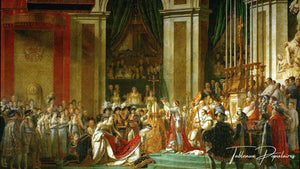
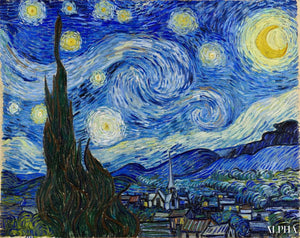
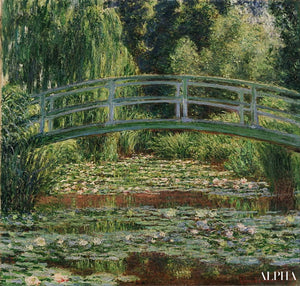
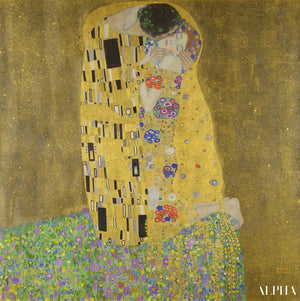
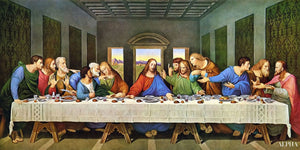
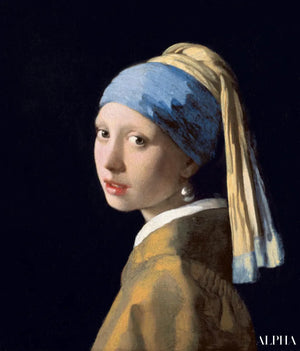
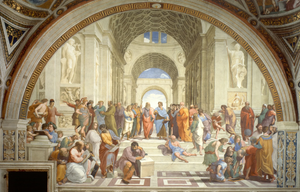
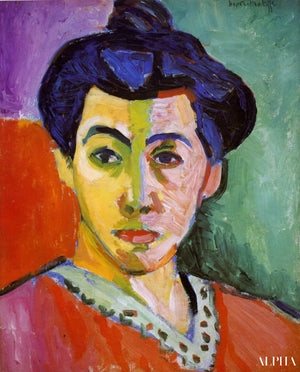
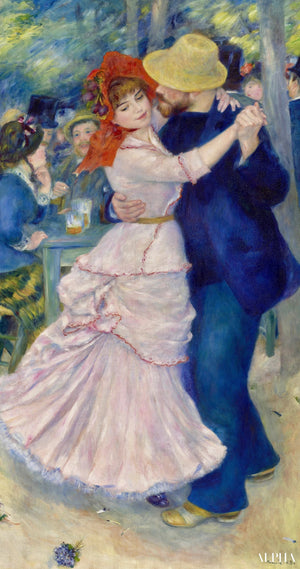
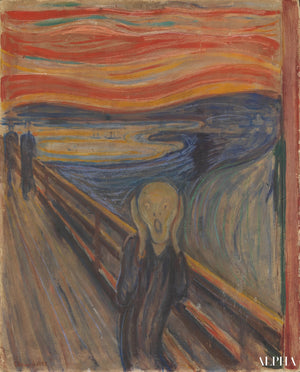
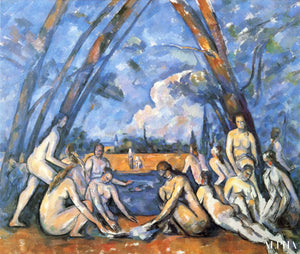
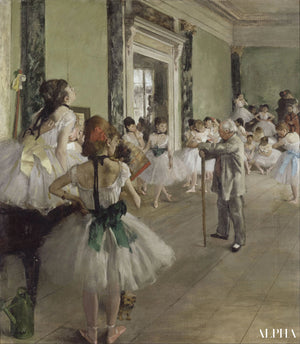



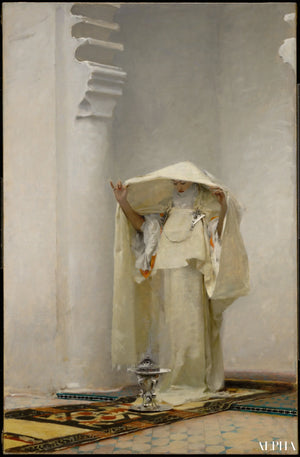
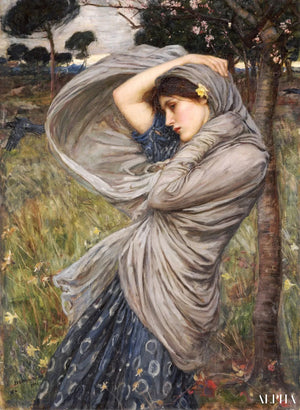
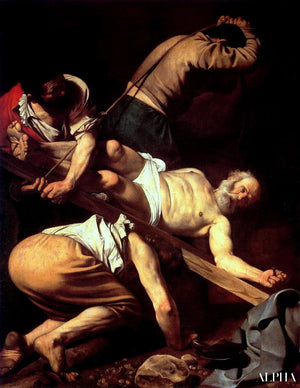

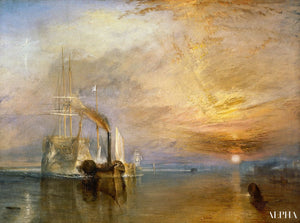








































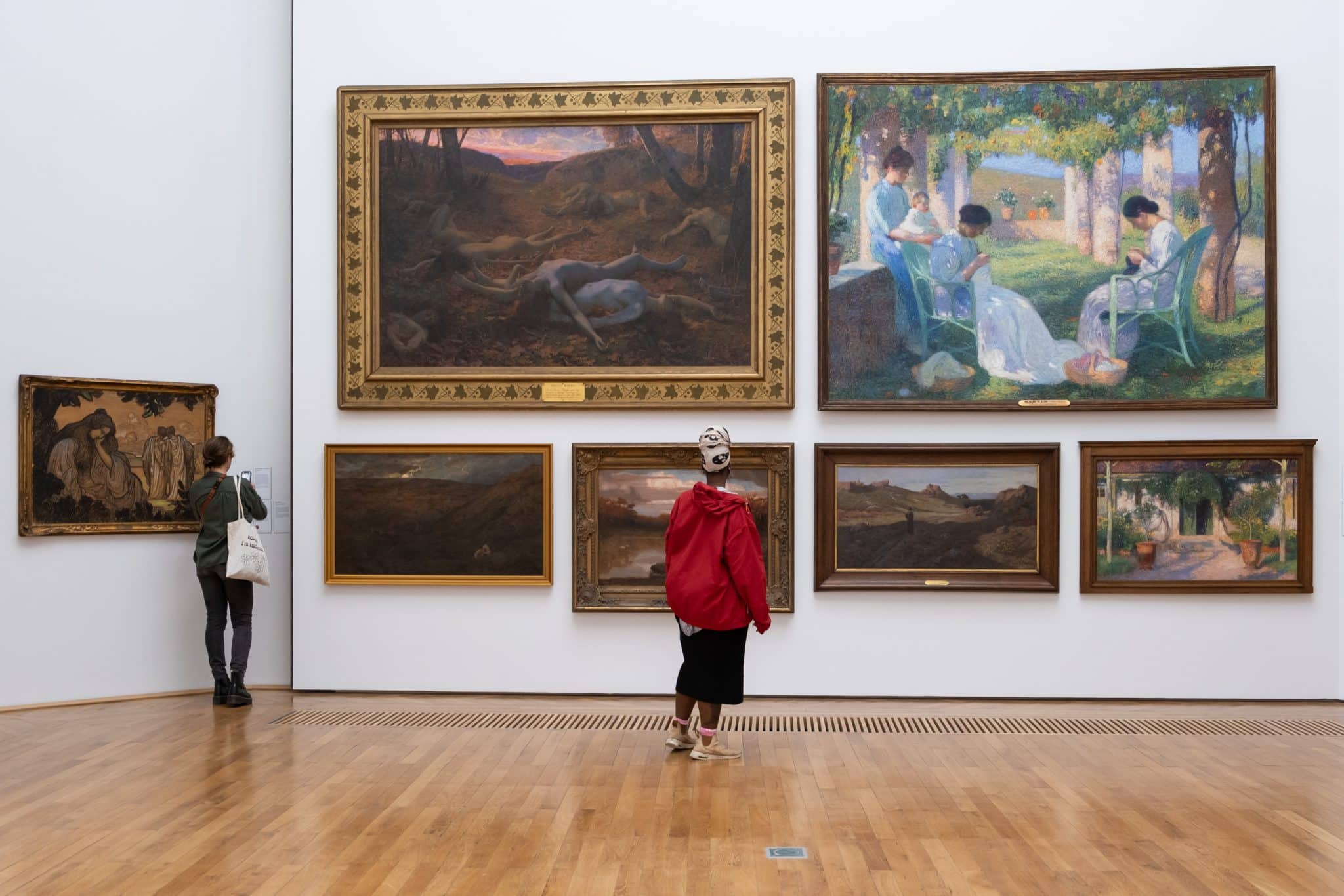
0 comments